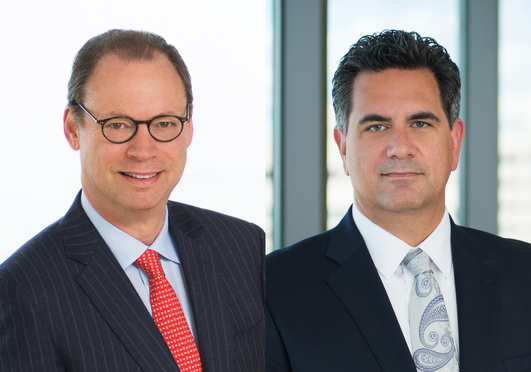We continue to be impressed how recurring issues confront the courts to interpret the Bankruptcy Code—conflicts between bankruptcy and other federal policies, addressing the plain meaning of statutory provisions, and determining when a claim arises under the bankruptcy code. Where tax liabilities are involved, one can anticipate tension between bankruptcy policy objectives and federal tax policy. So when does a tax liability claim arise in a bankruptcy case? If a tax claim accrues prior to the petition date, it may be a prepetition unsecured claim. If it arises after the bankruptcy filing, it may qualify for priority treatment as an administrative expense of the bankruptcy estate, and must be paid in full before distribution to holders of unsecured claims. This is not a trivial matter. The issue was recently addressed by the U.S. District Court for the District of Delaware in In re Affirmative Insurance Holdings, Civ. Case No. 19-2034-RGA (July 27, 2020). Judge Richard Andrews, sitting as an appellate court reviewing a decision of the bankruptcy court, ruled that federal income taxes for the year in which a debtor files for bankruptcy are entitled to priority treatment as administrative expenses when the end of the taxable year occurred after the bankruptcy petition date. The court noted that the issue of how to treat a “straddle year” for federal income tax under the Bankruptcy Code has not been decided by any appellate court.
The Tax Year Straddled the Petition Date
The facts of the case were relatively simple and undisputed. According to the opinion, Affirmative Insurance Holdings, Inc. and certain of its affiliates filed Chapter 11 bankruptcy petitions in October 2015 in the U.S. Bankruptcy Court for the District of Delaware. The debtors’ tax year ended on Dec. 31, 2015. The IRS filed an administrative expense priority claim for the entire 2015 tax year’s tax obligations in the amount of approximately $850,000, consisting of taxes, penalties, and interest. The opinion notes that the “tax events that gave rise to the tax obligations” apparently occurred pre-petition. The debtors had sold or otherwise disposed of substantially all of their material assets before filing their bankruptcy cases in October.


 Left to right: Andrew Kassner and Joseph Argentina of Drinker Biddle & Reath.
Left to right: Andrew Kassner and Joseph Argentina of Drinker Biddle & Reath.




